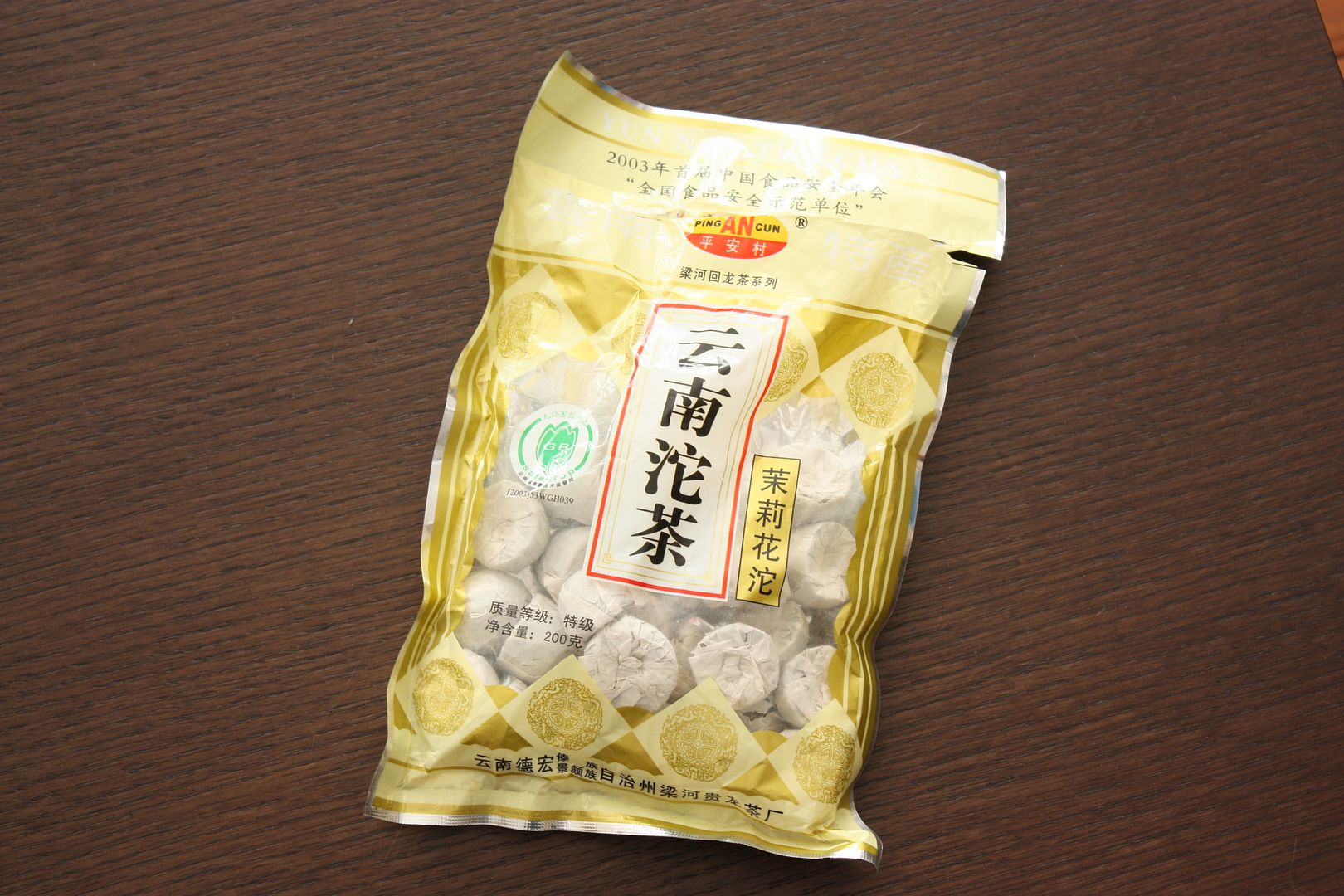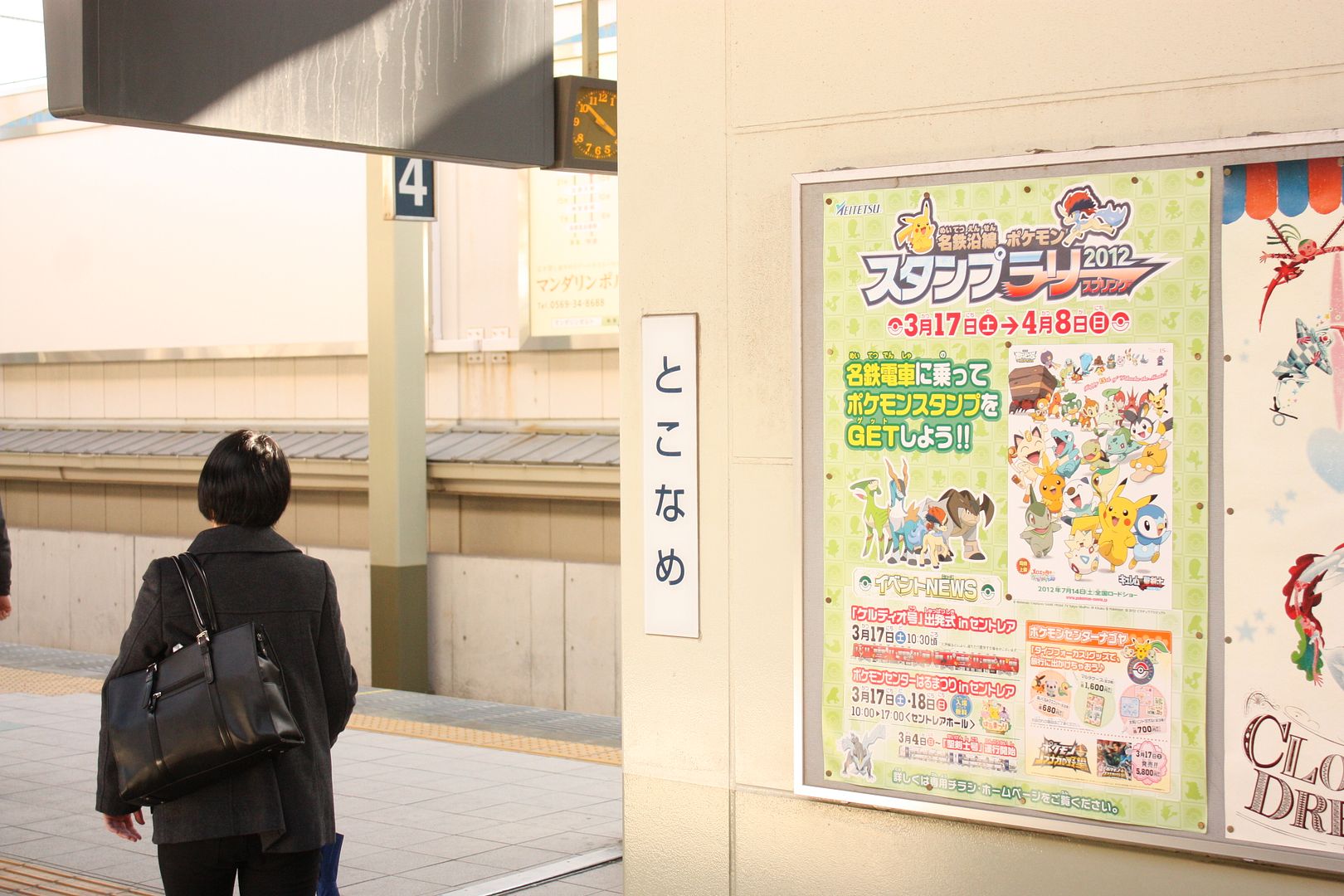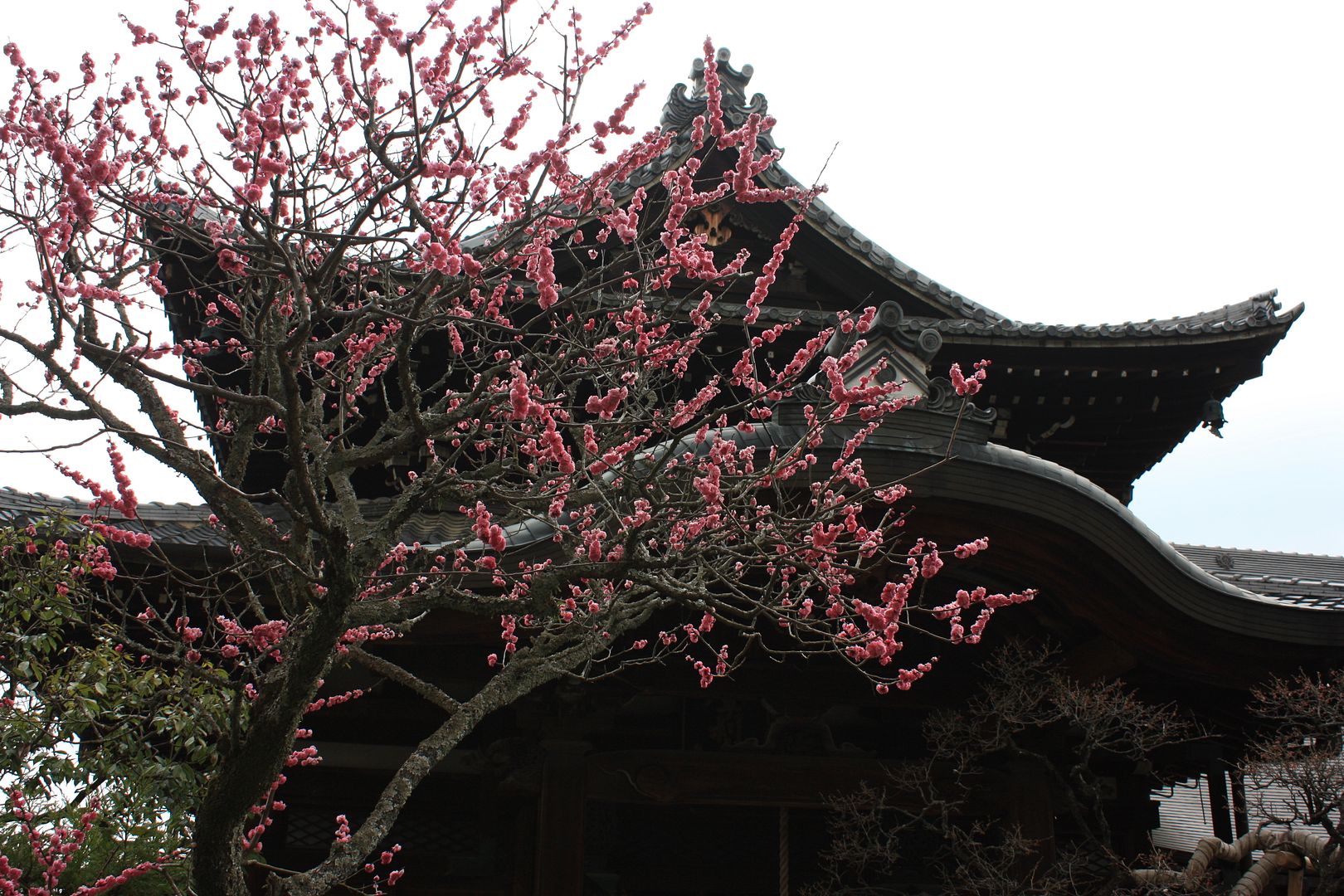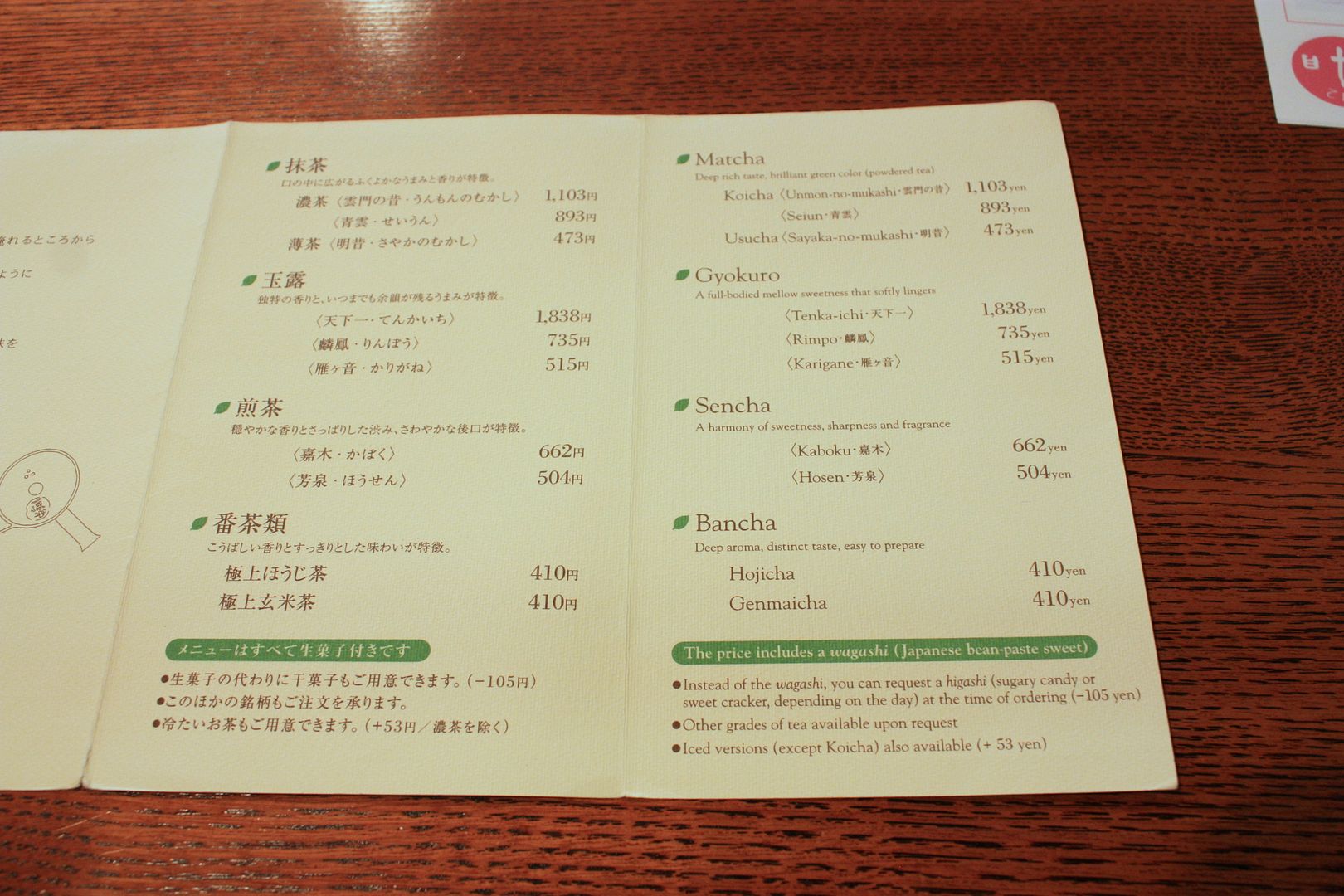If you are serious about tea, meaning that you are spending time thinking about the teas you’re drinking, learning about their nuances, and doing things like reading this blog, then chances are you have discovered that there’s a pretty steep learning curve to tea drinking in general, and puerh teas in particular. With any kind of tea this is hard enough – the different types of teas that exist, with different locations of origins, processing, and grades. The different ways to brew them, and what water to use with what, and the brewing parameters. There are so many moving parts that to say that you have “mastered” tea in any form is a claim that can serve as Exhibit A of human hubris. There’s always a learning process, and there’s always something you can discover about a tea you’ve already had many times before. This is what makes the hobby fun.
There are, however, ways to speed up the learning process and allow you to delve deeper into the art and science of tea appreciation on various levels. What triggered the writing of this particular post is a recent tea session I had at one of the stores in Hong Kong that sells puerh. Over the course of an afternoon, I drank, with some of my friends, about five or six teas. The youngest of the lot was from 1998, and the oldest was about 30 years old. The fact of the matter is, for tea drinking in general, and puerh in particular, it is important to sample a wide range before you really have a clear idea of what’s out there, and what’s possible given the complexity of teas. The tea aficionado is really building a mental library of teas that s/he can recall and compare against. In so doing, s/he is learning about the different teas and whether something is good, bad, or just different.
Likewise, for aging teas, it is crucial to know what you’re trying to get to before you even know what you’re aging for. I see people talking about building their young puerh collection hoping to age them into something great, except the only aged teas they have had may be some third rate 1990s teas that are, at best, poorly stored, or sometimes even none at all. This is not to poo-poo those who have not had the opportunity to try these things, but if you haven’t had a properly aged tea from a variety of storage conditions and starting points, how would you even know what you’re trying to get to? Is it a “wetter” taste that you’re after, or do you want a dry stored taste? Do you want something sweet, or something smokey? We had a brick from 1997 that was still, even as I drank it with the friends a few days ago, extremely powerful. It was strong, smokey, very active, and got us all tea drunk. It was, in other words, a very potent tea, but even now, 15 years after production, it is still too harsh to drink. Sure, it has great aging potential, but how many 15 years do you have that you can just hold on to these things forever? When new, the tea must have been extremely smokey and also super-strong – to the point where many might give up on it all together. Also, keep in mind that this brick has been aged 15 years in Hong Kong, a pretty hot and humid condition. If it’s aged in, say, Chicago, how long would it take to just get the tea to its current condition as I tried it? More than 15 years, I can guarantee you. Then what?
The same can be said of aged oolongs. Many aged oolongs I’ve seen for sale, both in Asia and online, are really terrible teas that have been roasted to death. They are not so much aged but charcoalized. They’re sweet and nice, sure, but they’re also not what I’d consider a great aged oolong, which should be fragrant, active, and isn’t one dimensional. For example, how much sourness is acceptable, and how much is too much? Sure, individual taste plays a part in this, but there’s also some basis for a universal yardstick. Alas, unless you’ve walked through Taipei and tried dozens of aged oolongs from different stores, ranging from the amazing to the terrible, it is impossible to say with any kind of certainty “this is a great aged oolong”.
What I want to say is that while it may be very tempting to just drink lots and lots of new teas and read other people’s blogs, books, and magazines to learn about tea, there’s nothing that will prepare you for a lot of these deeper questions except personal experience. One could theorize all they want with regards to aging potential, durability, etc, but a crucial question is – what will it age into? Is it going to be soft and sweet? Harsh and smokey? Fragrant and floral, or woody and deep? There are many possible endpoints (unknown) in addition to the infinite starting points (known). Unless you have tried many potential endpoints, how, if at all, can you determine which start points link up with which endpoints?
So the life of the foreign tea aficionado is made considerably harder by the lack of availability of good, aged teas, which are distinctly absent from the market. For example, how many versions of Menghai factory (not some other imitation) 7542s from 2000 or before are there on the market? In what condition? How about 8582? Or 7582, of which I bought one cake while shopping, and which one of my friends said “this will be an interesting reference piece”? Or how about Xiaguan’s 8653 from the 80s and 90s? Here you can find them ranging from dry to very wet, with different batches (which all taste somewhat different, if you pay attention) and with varying quality. I certainly haven’t figured it all out – not by a long stretch, but I feel at least I am lucky to have access to things like this, through stores that sell them and friends who have them. It greatly flattens the learning curve of figuring out aging of tea and what not. When your access to old tea is limited to second string products and, in many cases, discards from the Asian market, what does that mean for your learning of how to age teas?
Alas, I don’t think there’s much to be done in the way of solving this problem. This post is, unfortunately, a negative one – I don’t have any solutions to propose, other than to try more tea, except that the availability of old teas is such that this is not really possible as an option. I can count on one hand the outfits that offer aged teas for sale, and of these, I think only one or two are actually worth bothering with. So, until then, I’d advise travel to parts of Asia with good, aged teas, as a temporary remedy. There really aren’t many other ways, unfortunately.

















Very interesting read. Sadly Scott has a reputation for not liking when people critic his teas. I myself sent him…